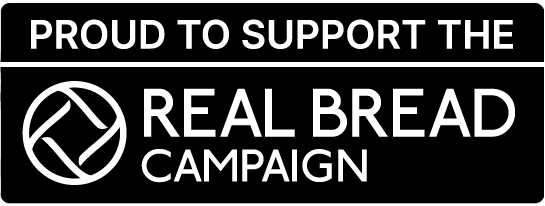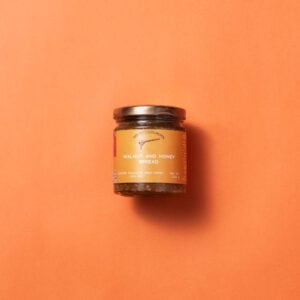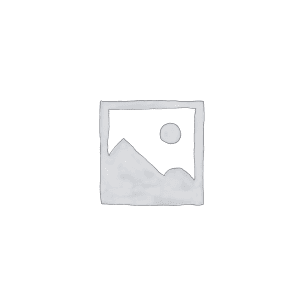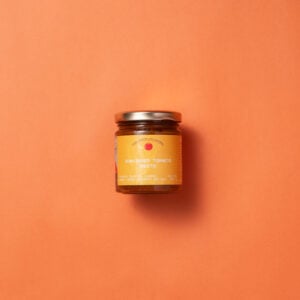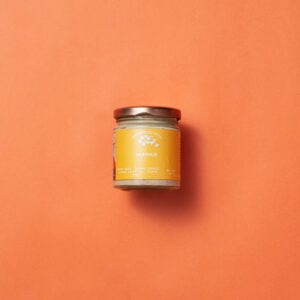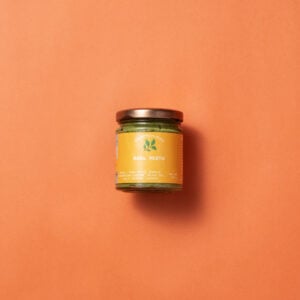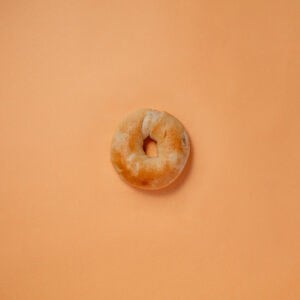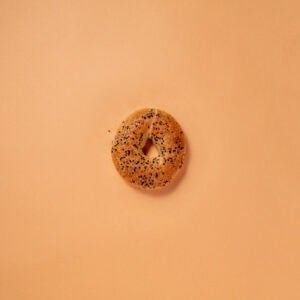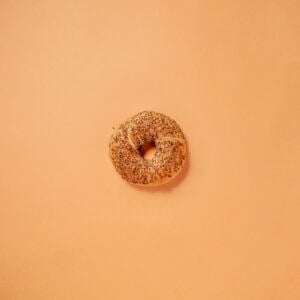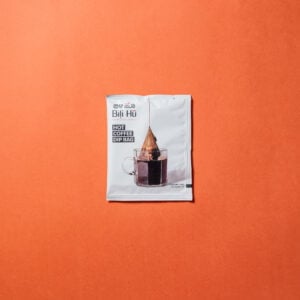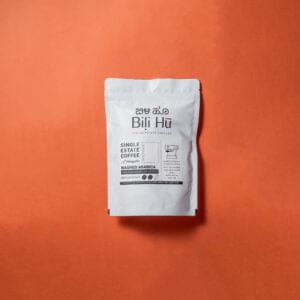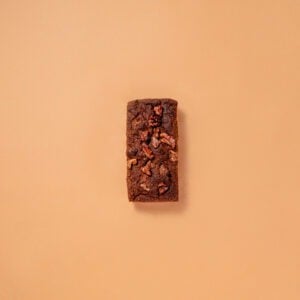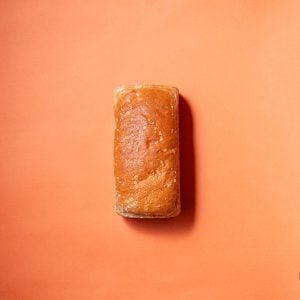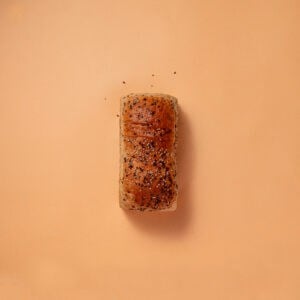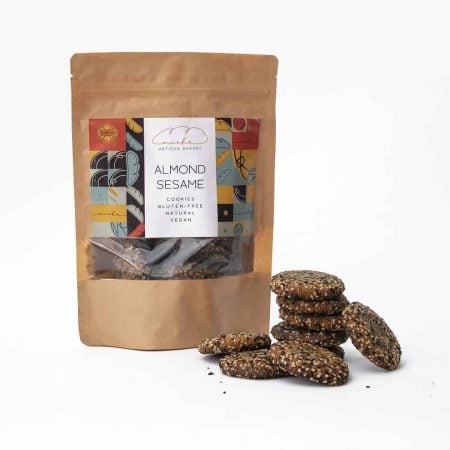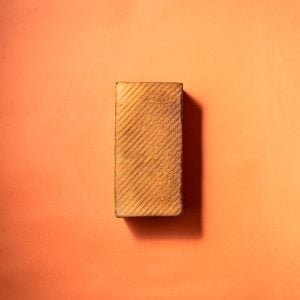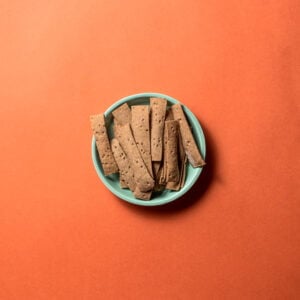Once upon a time, far far away, a young girl, a lazy girl, decided that travelling miles from her cave to collect berries was not her calling. Little did she know that she had sown the seeds of agriculture when she accidentally dropped some berries in wet soil outside her cave, some 10,000 years ago. Cultivation of grains was the next great breakthrough in human food after the discovery of cooking meats over fire.
Breads have been eaten since the very start of civilizations. Every culture has some form of bread, leavened or unleavened, loaves or flat breads, boules or baguettes. The variety is endless, from the French boulangeries, to Naanwais of Afghanistan, or our very own parathas or pao.
Naturally leavened sourdough breads have been part of the grand human tradition since at least 3,500 years. A leavened bread is a bread whose dough rises during the bread-making process as a result of gas being produced as the grain ferments. Sourdough is one of the oldest known forms of such grain fermentation. It is believed to have originated in ancient Egypt around 1,500 BC and remained the customary form of bread leavening until commercial yeast replaced it a few centuries ago. From Egypt, by way of Greece, the art of bread making was learnt by the Romans who made improvements in the kneading and baking process. There is some discussion about how the process of leavening started, and the degree of overlap between brewing and bread-making. But without a handy time machine it’s going to remain a debating point among historians.
With the development of commercial yeast in the nineteenth century, speed and consistency of production put naturally leavened breads on the back burner. With the British government’s new labour laws in 1910 preventing night shifts and restricting number of working hours, labour intensive production became less sustainable. In response, bakers leaned in favour of faster methods of bread making, i.e. baker’s yeast. It was only in 1980s that demand sourdough breads started to return.
The French bakers were en garde and were quick to draw on the return of traditional breads. The French always took their bread very seriously. Several bakers dedicated their work to using ancient techniques of bread making to revive the lost art of artisanal baking. Among them was a French baker, Lionel Poilane, running his father’s bake shop at 8 rue du Cherche-Midi in Paris. He was obsessed by the old-world way of making great bread: using only hands, time and fire as an artisan’s instruments. Lionel Poilane helped re-popularize rustic country breads, naturally leavened, made by hand, and baked in wood-fired oven. The ingredients were just wheat flour, water and salt, rather than dozens of chemicals used in commercial bread factories. Around the same time, many bakers in the United States began to follow suit.
But what exactly is a sourdough bread? It is a bread leavened from the natural occurring yeast and bacteria in flour. In essence, the bread is made with just 3 ingredients, flour, water and salt. There is no yeast, no milk, no oils and no sweeteners. It’s as natural as you can get with bread.
How is sourdough different from normal yeast? Commercial breads rely on baker’s yeast, a single species called S. cerevisiae. This is the yeast developed in the 19th century for its fast rising properties and consistency. But not taste.
Wild yeast (S. exiguus) is a different strain of yeast than the commercial yeast. Unlike baker’s yeast, wild yeast is good friends with the bacteria, which happens to be the key driver in the making of sourdough. Meet lactobacillus and acetobacillus. Lactobacillus is the same good bacteria in yogurt, kefir, sour cream, buttermilk, etc. So what exactly is happening is at this party?
- As flour and water are mixed, natural enzymes break down starches in flour into glucose (sugar)
- Our bacteria brothers feed off the sugars to produce lactic acid and acetic acid which provide the complex and sour flavor to the bread.
- The wild yeast feeds off the sugars and releases carbon dioxide gas which makes the breads rise.
So basically it’s just flour and water. Nature takes its course and over time, you have a mixture that makes bread. Pretty cool, right?
Sourdough Library – A collection of Sourdough cultures from around the world
Is it all for taste?
The added complexity of fermentation through natural yeast is not all for taste. For starters, whole grain breads contain a good amount of minerals, including potassium, phosphate, magnesium and zinc. Unfortunately, the absorption of these minerals is limited by the presence of phytate. The Lactobacillus bacteria in sourdough bread helps degrade phytates and allows easy absorption of these minerals. The Lactobacillus also helps feed the good bacteria found in the digestive system so they can continue to fight off the bad guys.
Remember what the yeast and bacteria feed on? The glucose. They devour most of it in the fermentation process. So, sourdough breads don’t cause a spike in blood sugar levels as most commercial white breads do.
Lionel Poilâne said “The magic of making bread is in the manipulation and the fermentation. What has been lost… is this method”.
Now, sourdough breads are coming back in trend. Like many other old practices and traditions. Several young bakers across the globe are working towards learning and reviving the old world ways of making bread. And with great success.
Chad Robertson of Tartine in San Francisco has popularized sourdough breads internationally, among countless other professionals like Ken Forkish, Peter Reinhart and Jeffrey Hamelman to name a few. More importantly, they are providing the knowledge and step-by-step guides to bake bread at home. And it’s easier than pie!
It’s in the nature of true passion to somewhere turn into obsession. While the home bakers start with the basic breads, these pioneers are pushing the art of bread baking further by experimenting with ancient grains, stone grinding their own flour mixes. They have taken up the timeless bakers’ challenge of evoking from the grain its fullest potential. An infinite universe of options lay before the baker to manipulate two simple ingredients: flour and water. It’s an opportunity and a challenge at the same time.
Using old grandmothers’ tricks, the bakers are trying to extract the most out of the grains. Breads are often made with a flour milled from sprouted grains, or soaked whole grains are added to the dough. Even porridge made of cracked whole grains is used to make easy to digest breads and add fresh layers of flour to the bread. While using traditional methods, bakers are experimenting with modern ingredients such as activated charcoal to make mesmerizing black breads, with all the antioxidant properties of activated charcoal.
Then there’s the whole world of rye and other gluten-free breads which is probably the subject for another time!
Breads have been the foundation of the human culinary repertoire since before history was written in words. At the time, they were all sourdough. No fuss, no muss. Given the importance of breads in our current lives, sourdough has lost its deserved place. There is an almost endless list of benefits of eating sourdough breads, yet it remains in the shadows. Damn Capitalism.
